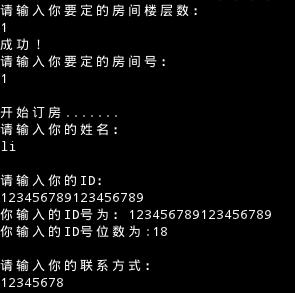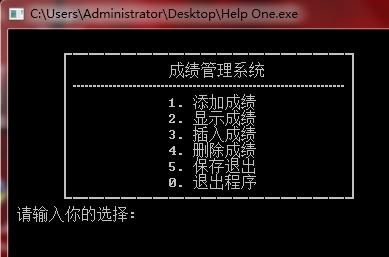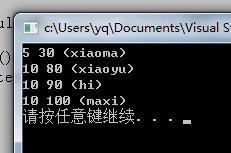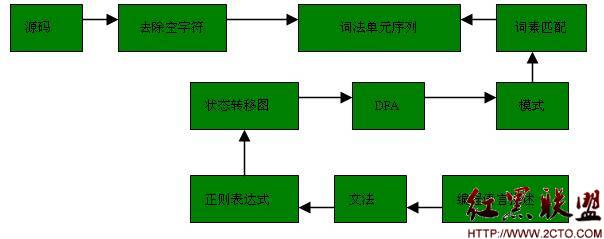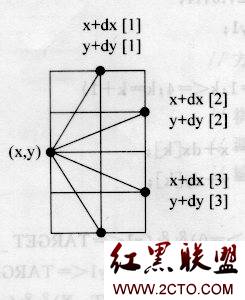C++ vector MSDN简单入门解释
// VectorTest.cpp : 定义控制台应用程序的入口点。
//
#include "stdafx.h"
// Empty.cpp
// compile with: /EHsc
// Illustrates the vector::empty and vector::erase functions.
// Also demonstrates the vector::push_back function.
//
// Functions:
//
// vector::empty - Returns true if vector has no elements.
//
// vector::erase - Deletes elements from a vector (single & range).
//
// vector::begin - Returns an iterator to start traversal of the
// vector.
//
// vector::end - Returns an iterator for the last element of the
// vector.
//
// vector::push_back - Appends (inserts) an element to the end of a
// vector, allocating memory for it if necessary.
//
// vector::iterator - Traverses the vector.
//
//////////////////////////////////////////////////////////////////////
// The debugger can't handle symbols more than 255 characters long.
// STL often creates symbols longer than that.
// When symbols are longer than 255 characters, the warning is disabled.
#pragma warning(disable:4786)
#include <iostream>
#include <vector>
using namespace std ;
typedef vector<int> INTVECTOR;
const int ARRAY_SIZE = 10;
void ShowVector(INTVECTOR &theVector);
int _tmain(int argc, _TCHAR* argv[])
{
// Dynamically allocated vector begins with 0 elements.
INTVECTOR theVector;
// Intialize the vector to contain the numbers 0-9.
for (int cEachItem = 0; cEachItem < ARRAY_SIZE; cEachItem++)
theVector.push_back(cEachItem);
// Output the contents of the dynamic vector of integers.
ShowVector(theVector);
// Using void iterator erase(iterator Iterator) to
// delete the 6th element (Index starts with 0).
theVector.erase(theVector.begin() + 5);
// Output the contents of the dynamic vector of integers.
ShowVector(theVector);
// Using iterator erase(iterator First, iterator Last) to
// delete a range of elements all at once.
theVector.erase(theVector.begin(), theVector.end());
// Show what's left (actually, nothing).
ShowVector(theVector);
}
// Output the contents of the dynamic vector or display a
// message if the vector is empty.
void ShowVector(INTVECTOR &theVector)
{
// First see if there's anything in the vector. Quit if so.
if (theVector.empty())
{
cout << "theVector is empty." << endl;
return;
}
// Iterator is used to loop through the vector.
INTVECTOR::iterator theIterator;
// Output contents of theVector.
cout << "theVector [ " ;
for (theIterator = theVector.begin(); theIterator != theVector.end();
theIterator++)
{
cout << *theIterator;
if (theIterator != theVector.end()-1) cout << ", ";
// cosmetics for the output
}
cout << " ]" << endl ;
}
补充:软件开发 , C++ ,